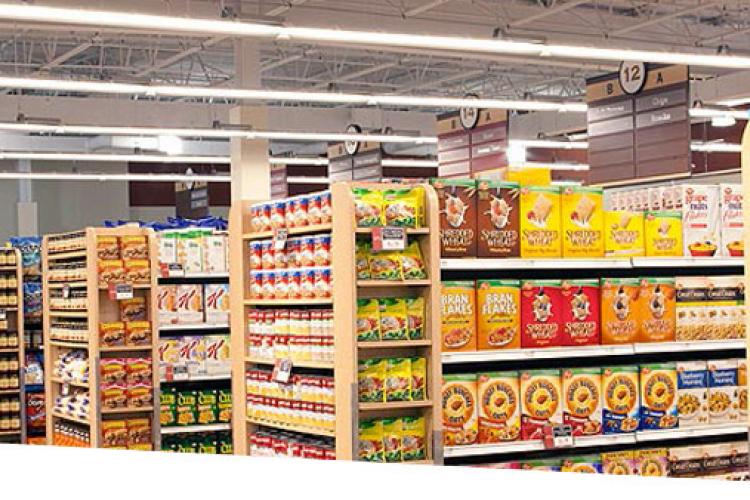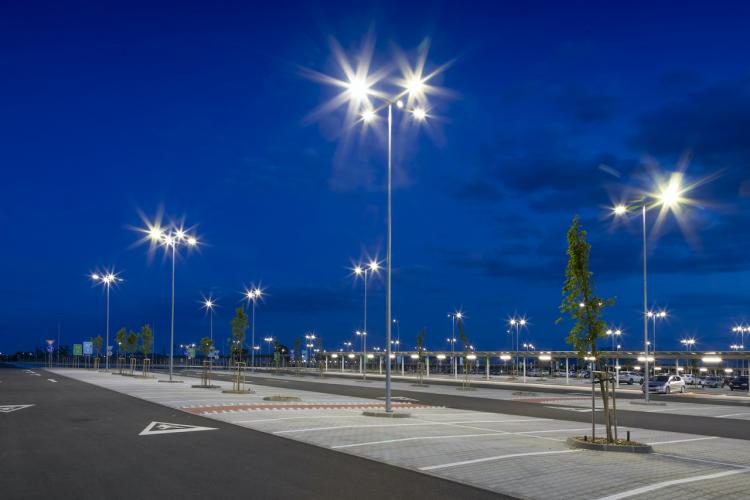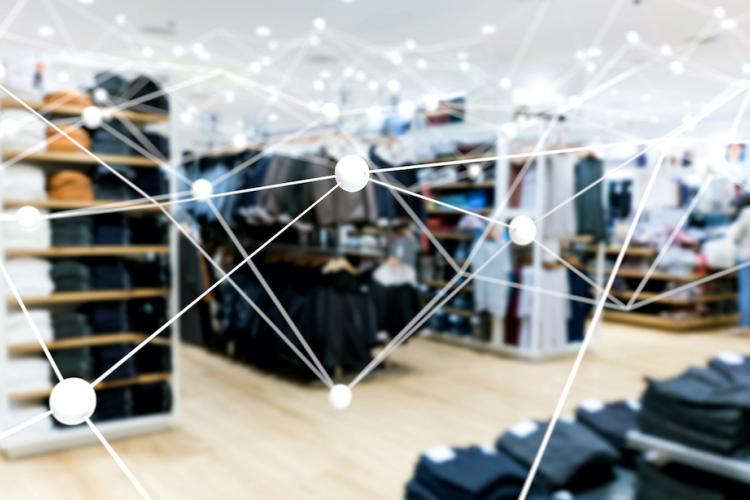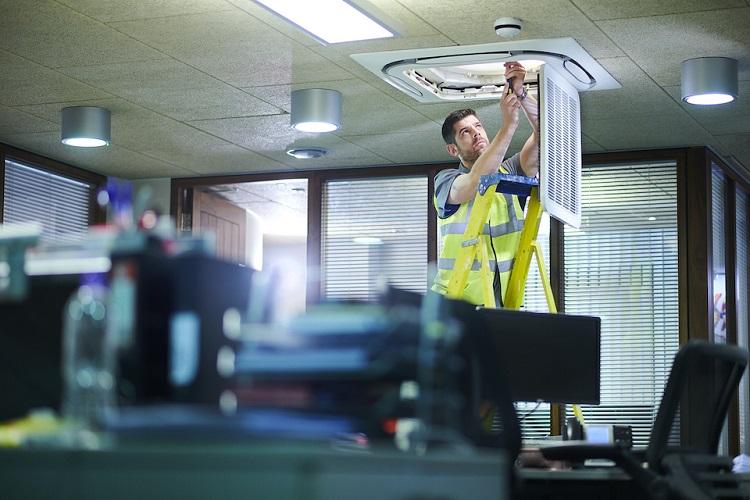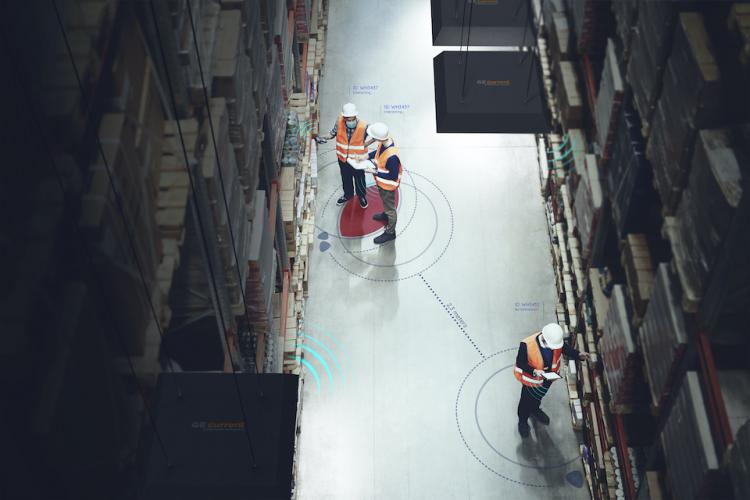Analyze This! And That?! How Digital is Making Broccoli Better
Analyze This! And That?! How Digital is Making Broccoli Better
Digital technology is changing the world again. Intelligent devices are everywhere, including retail. For shoppers, the reward is better information to make better buying decisions. For store owners, the prize is valuable insight, from which departments see the most foot traffic to which cooling units are operating least efficiently to which offers receive the best response. Be it a problem or possibility, if it can be quantified, it can be converted to contextual, executable intelligence at the store level or an enterprise.
Smarter About Shoppers
Analytics can benefit merchandising and marketing, provided the data helps make shopping fun or convenient again. The exciting news is that opportunities to personalize or improve the consumer’s experience are everywhere.
Across the pond, U.S. retailers, including Nordstrom, Family Dollar Stores® and American Apparel®, have all experimented with indoor positioning, reports MIT Technology Review. Some of the systems use video cameras, sound waves or magnetic fields to track shoppers, though most leverage Apple’s iBeacon™, a low-power Bluetooth® radio signal emitter that can “sniff out” smartphones.
Triangulating this signal can pinpoint a shopper’s position to within meters. Retailers can also collect a unique identifier, called a MAC address, for each phone, allowing them to build up behavioral information about return visitors, such as where they go in the store, when and for how long.
Better data can also mean better video surveillance, as advanced tools and algorithms can improve loss prevention by helping identify patterns of fraudulent activity. A “connected” store layout using strategically placed sensors and transmitters can even allow retailers to conduct shelf-specific A/B testing or determine which displays draw the most interest. These insights can be converted to special offers and incentives that reach the customer at the right time, in the right place, in a way that he or she finds meaningful.
Smarter About Stores
Analytics can also benefit operations, provided the data is aligned with strategic goals such as curbing energy use, managing maintenance cycles, optimizing staff efficiency, evaluating marketing tactics or—in the case of Tesco—keeping the broccoli bin full.
The “Broccoli Cam” is an invention of the British multinational grocery and general merchandise retailer. It can analyze when a produce tray is empty, which triggers a notification to a store associate to restock it.
By deciphering the clues hidden in data, retailers can also strive for optimum energy efficiency across stores. As GreenBiz cites, the traditional approach to defining an energy baseline was to correlate total building consumption with outside air temperature and (possibly) occupancy as well as level of operations. However, with advanced metering and building automation systems, it is now possible to analyze data by individual service type, specific building location and time of day.
For example, a typical HVAC system consumes about 60 percent of a building’s energy requirement, 35 percent of which is consumed by the chiller. On average, 30 operating parameters of a chiller can be monitored. If recorded every 15 minutes, these parameters would generate more than 1 million records a year for a single chiller. This data can be used to build a better understanding of building and equipment performance (i.e., historical trending, pattern recognition and correlation between cause/effect events).
Whether connecting with a customer or customizing a lighting schedule, data and analytics will soon be a reality for most retailers—and not just on occasion but every day, as it already is for many. Digital technology is in our homes, our businesses and now our stores, and this has brands shopping for the best and brightest solutions.
Interested in making your store smarter? Learn more about intelligent lighting solutions for store owners, or contact Current to explore a solution that works best for you.


